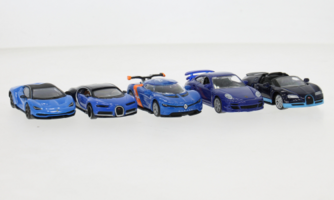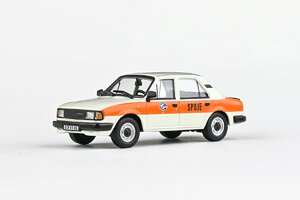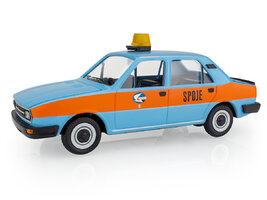Minerva AL Three Position Cabriolet Van den Plas (BE, 1930)
| Model manufacturer: | Autocult |
| Order code: | 02030 |
| Scale: | 1:43 |
| Material: | Resin |
| Weight: | 0.5 kg |
| Dimensions: | 13.4×4.6×4.3 cm (L×W×H) |
| Machine manufacturer: | Minerva |
Product description
High-quality resin model Minerva Three Position Cabriolet Van den Plas (BE, 1930) in chocolate color.
Pre-order, availability: May 2023
Belgian Delicacy
When 29-year-old, Dutch-born Sylvian de Jong founded a bicycle factory called Minerva in 1897, no one thought that it would become a manufacture for exquisite automobiles. In addition to the two-wheelers, the production of small automobiles was soon started. The vehicles competed in various races and the triple victory in 1907 at the “Adrennes Race” most probably was the initiator to devote the company exclusively to the production of high-quality vehicles – the motorcycle and bicycle production was ceased then.
Until the mid-1920s, a 4-cylinder engine was used, until a 6-cylinder drive became the successor – firstly installed in the model Type AB. Further luxurious designs followed, all of which continued to meet the zeitgeist of the money aristocracy. The next stage of the development took place with the design of an 8-cylinder drive. Fitted with the new engine the Type AL was initially exhibited to the public in 1929 at the Paris Motor Show.
The 125 hp luxury car reflected a very high level of luxury, both the body and the interior. For the chassis with a wheelbase of 152 inches, most of the car bodies were manufactured by the Belgian coachbuilder “D’leteren’. Suitable for the chassis, the manufactory in Brussels’ Rue du Marais 50 offered its body designated as the “Carosserie de Grand Luxe”. Initially the design featured a multi-seater driver’s cab, which was separated from a chauffeur. Additionally, the Brussels plant had also a convertible and a completely closed version in its product range.
The demand for a Minerva AL was limited despite its noble finish and its well-made look. Minerva received only 50 orders for the model.
















